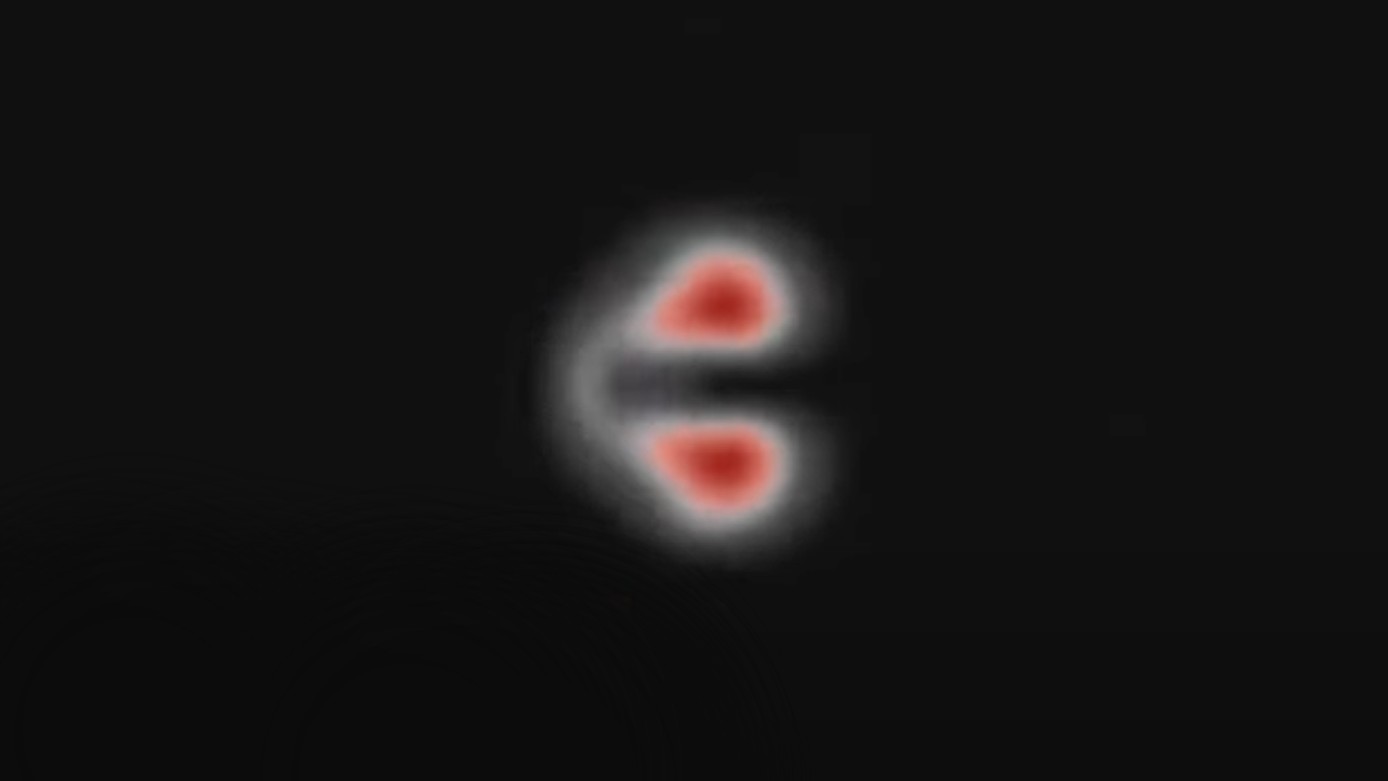Scientists manipulate quantum mechanics to slow down a chemical reaction by 100 billion times
Using a quantum device, researchers have observed, for the first time, a molecular process called conical intersection that is important in reactions such as photosynthesis.

For the first time, scientists have directly observed a molecular dance that's crucial to basic chemical reactions such as photosynthesis. And they've done it by using a quantum computer to slow down a chemical reaction by a mind-boggling 100 billion times.
The new study, published Aug. 28 in the journal Nature Chemistry, focused on a kind of molecular interaction known as a conical intersection. Conical intersections are points in the geometry of molecules where the energy between two surfaces is equal. They act a bit like funnels between electronic states, allowing for quick transitions that usher along chemical reactions. Conical intersections occur in a lot of reactions, including everyday ones like photosynthesis and the light-detecting reactions that take place in the retina.
Because these reactions happen so quickly, though, scientists had never observed a conical intersection in action. To do so, researchers at the University of Sydney used a device called a trapped-ion quantum computer, which locks quantum particles into electrical fields and manipulates them with lasers.
Related: Bizarre particle that can remember its own past created inside quantum computer
"In nature, the whole process is over within femtoseconds," Vanessa Olaya Agudelo, a doctoral student in chemistry who co-authored the new research, said in a statement. "That's a billionth of a millionth — or one quadrillionth — of a second. Using our quantum computer, we built a system that allowed us to slow down the chemical dynamics from femtoseconds to milliseconds."
This slowdown allowed the researchers to take meaningful measurements of the reaction as it occurred.
"Our experiment wasn't a digital approximation of the process — this was a direct analog observation of the quantum dynamics unfolding at a speed we could observe," study co-author Christophe Valahu, a physicist at the University of Sydney, said in the statement.
Sign up for the Live Science daily newsletter now
Get the world’s most fascinating discoveries delivered straight to your inbox.
Understanding these ultrafast dynamics could yield new insight into chemical reactions for a variety of applications, the researchers said.
"It is by understanding these basic processes inside and between molecules that we can open up a new world of possibilities in materials science, drug design, or solar energy harvesting," Olaya Agudelo said. "It could also help improve other processes that rely on molecules interacting with light, such as how smog is created or how the ozone layer is damaged."

Stephanie Pappas is a contributing writer for Live Science, covering topics ranging from geoscience to archaeology to the human brain and behavior. She was previously a senior writer for Live Science but is now a freelancer based in Denver, Colorado, and regularly contributes to Scientific American and The Monitor, the monthly magazine of the American Psychological Association. Stephanie received a bachelor's degree in psychology from the University of South Carolina and a graduate certificate in science communication from the University of California, Santa Cruz.










